Lewis Hamilton and Max Verstappen treated Formula 1 fans to one of the greatest race-long battles in Formula 1 history last Sunday. It was a duel that lived up to every expectation leading up to the Bahrain Grand Prix and sets up the prospect of a classic season.
Verstappen drew first blood in qualifying by beating Hamilton by 0.388 seconds and Mercedes played down their chances for the race.
It was a clean opening lap and after the early safety car and virtual safety car, Verstappen and Hamilton treated fans to an almighty scrap.
For the next 50 laps, the pair left nothing left on the table in an attempt to beat one another and by the end just seven tenths of a second split them with some controversy along the way.
Lewis Hamilton vs Max Verstappen Bahrain Grand Prix comparison
| Lap number | Lewis Hamilton | Max Verstappen | Lap difference (seconds) | Gap (seconds) |
|---|---|---|---|---|
| 6 | 1:36.169[2] | 1:35.982[1] | 0.187 | 1.540 |
| 7 | 1:36.123[2] | 1:35.902[1] | 0.221 | 1.761 |
| 8 | 1:36.075[2] | 1:36.032[1] | 0.043 | 1.804 |
| 9 | 1:36.148[2] | 1:36.012[1] | 0.136 | 1.940 |
| 10 | 1:36.082[2] | 1:36.175[1] | -0.093 | 1.847 |
| 11 | 1:36.143[2] | 1:36.179[1] | -0.036 | 1.811 |
| 12 | 1:36.507[2] | 1:36.592[1] | -0.085 | 1.726 |
| 13 | 1:38.924[2] PIT 24.8 | 1:36.291[1] | 2.633 | 4.359 |
| 14 | 1:55.006[4] | 1:36.880[1] | 18.126 | 22.485 |
| 15 | 1:34.057[3] | 1:36.924[1] | -2.867 | 19.618 |
| 16 | 1:35.104[3] | 1:37.033[1] | -1.929 | 17.689 |
| 17 | 1:35.099[2] | 1:39.153[1] PIT 24.8 | -4.054 | 13.635 |
| 18 | 1:35.266[1] | 1:55.532[2] | -20.266 | -6.631 |
| 19 | 1:35.346[1] | 1:34.421[2] | 0.925 | -5.706 |
| 20 | 1:35.324[1] | 1:34.870[2] | 0.454 | -5.252 |
| 21 | 1:35.837[1] | 1:34.829[2] | 1.008 | -4.244 |
| 22 | 1:35.539[1] | 1:35.159[2] | 0.38 | -3.864 |
| 23 | 1:35.219[1] | 1:35.122[2] | 0.097 | -3.767 |
| 24 | 1:35.087[1] | 1:35.207[2] | -0.12 | -3.887 |
| 25 | 1:35.359[1] | 1:35.044[2] | 0.315 | -3.572 |
| 26 | 1:35.622[1] | 1:34.958[2] | 0.664 | -2.908 |
| 27 | 1:35.940[1] | 1:35.118[2] | 0.822 | -2.086 |
| 28 | 1:37.835[2] PIT 24.1 | 1:35.126[1] | 2.709 | 0.623 |
| 29 | 1:55.194[3] | 1:35.282[1] | 19.912 | 20.535 |
| 30 | 1:34.365[3] | 1:35.476[1] | -1.111 | 19.424 |
| 31 | 1:35.305[2] | 1:35.054[1] | 0.251 | 19.675 |
| 32 | 1:34.729[2] | 1:35.378[1] | -0.649 | 19.026 |
| 33 | 1:35.041[2] | 1:35.286[1] | -0.245 | 18.781 |
| 34 | 1:34.665[2] | 1:35.638[1] | -0.973 | 17.808 |
| 35 | 1:34.745[2] | 1:35.593[1] | -0.848 | 16.960 |
| 36 | 1:34.754[2] | 1:35.721[1] | -0.967 | 15.993 |
| 37 | 1:34.740[2] | 1:35.620[1] | -0.88 | 15.113 |
| 38 | 1:34.720[2] | 1:35.921[1] | -1.201 | 13.912 |
| 39 | 1:34.816[2] | 1:37.828[1] PIT 23.8 | -3.012 | 10.900 |
| 40 | 1:34.890[1] | 1:53.437[2] | -18.547 | -7.647 |
| 41 | 1:34.334[1] | 1:33.228[2] | 1.106 | -6.541 |
| 42 | 1:34.199[1] | 1:33.450[2] | 0.749 | -5.792 |
| 43 | 1:34.163[1] | 1:33.231[2] | 0.932 | -4.860 |
| 44 | 1:34.015[1] | 1:33.594[2] | 0.421 | -4.439 |
| 45 | 1:34.583[1] | 1:34.056[2] | 0.527 | -3.912 |
| 46 | 1:34.492[1] | 1:33.894[2] | 0.598 | -3.314 |
| 47 | 1:34.591[1] | 1:34.092[2] | 0.499 | -2.815 |
| 48 | 1:34.167[1] | 1:33.818[2] | 0.349 | -2.466 |
| 49 | 1:34.136[1] | 1:33.576[2] | 0.56 | -1.906 |
| 50 | 1:34.354[1] | 1:33.893[2] | 0.461 | -1.445 |
| 51 | 1:34.579[1] | 1:33.964[2] | 0.615 | -0.830 |
| 52 | 1:34.939[1] | 1:34.669[2] | 0.27 | -0.560 |
| 53 | 1:36.155[1] | 1:36.413[2] | -0.258 | -0.818 |
| 54 | 1:34.814[1] | 1:35.073[2] | -0.259 | -1.077 |
| 55 | 1:34.706[1] | 1:34.565[2] | 0.141 | -0.936 |
| 56 | 1:34.918[1] | 1:34.727[2] | 0.191 | -0.745 |
Hamilton’s controversial but legal use of track limits may have made a crucial difference to the final result whilst Verstappen will rue the execution of his overtake on the Mercedes driver in the closing stages of the Grand Prix.
Leaving the track limits incident aside, it’s remarkable that after hundreds of hours in the factory, Red Bull and Mercedes have produced two machines that produce near-identical performance.
Teams will build similar performance cars every year in F1, but rarely has it happened at the front of the field in recent years. Other than Ferrari giving Mercedes a difficult time in 2017 and 2018, no team has been able to match the Silver Arrows for raw pace in Formula 1’s turbo-hybrid era.
Not even Ferrari were able to take pole position at the season-opening race but Verstappen’s mighty one-lap effort in Bahrain ended Mercedes' run of qualifying success at the first event of a new campaign.
Mercedes' W12 vs Red Bull's RB16B
Mercedes and Red Bull have built two very different cars, with completely different philosophies and designs.
Red Bull have kept their high-rake philosophy meaning the rear of the car is significantly higher than the front. The nose of the Red Bull is narrower than the one on the Mercedes which changes the rest of the aerodynamics on the car. The RB16B is also one of the shortest cars on the grid which should help them on tight tracks such as Monaco or Singapore.
In contrast, Mercedes have the longest wheelbase and run their car at a much lower rake than Red Bull. The bargeboards and floor differ too and the packaging of the Mercedes power unit and the Honda power unit are poles apart which further changes the rest of the car.
Other than the tyres, there is no part on the 2021 Mercedes that is the same as the Red Bull.
For these two heavyweight teams to go down their own different design and development paths, only to be split by the finest of margins after 300km of racing is incredible.
Why this year will be a proper drivers' championship
Formula 1 has only visited the Bahrain International Circuit in 2021 but data shows that the difference between Red Bull and Mercedes is just hundredths of a second across a range of corners.
We will get a clear idea over the next few races to see the respective strengths and weaknesses of the cars. However, it’s highly likely that the final difference is going to come from the drivers.
Hamilton has proved why he is the sport’s most valuable driver with his outstanding tyre management to keep Verstappen at bay in the final stint of the Bahrain Grand Prix. The defending champion showed why he is so tough to beat, reiterating that he has become one of the most complete drivers F1 has seen.
Verstappen has not got the experience of fighting for a title and his only mistake was his illegal overtake on Hamilton at turn four. Unfortunately for him, this turned out to be the most important moment of the race and he was unable to execute the move.
The Red Bull driver is very aggressive with his steering inputs and uses every bit of the track and kerbs when he can to extract lap time. Hamilton is different and generally is not as aggressive over the kerbs.
Perhaps this is down to the car that they have underneath them. These marginal gains to use every bit of the race track allows the driver to get on the throttle that split second earlier, or to straighten up the car to save the tyres, and it all makes a difference.
It’s all about confidence and Hamilton and Verstappen were at the peak of their powers in Sakhir and they might have to bring that intensity to every event if they want to win.
Neither driver can afford a mistake and that’s what makes F1 in 2021 so exciting. To drive at your best for lap after lap is the biggest challenge any driver can face.
Given that the cars are so close in lap time, Mercedes and Red Bull will need to perfect their strategies, nail the setup during practice and perform rapid pit stops to give their drivers a chance of victory.
Then, it’s all going to come down to the drivers. In the last seven years, F1 has been about tenths of a second at the head of the field. This year, the drivers will be playing for hundredths and thousandths of a second. It’s that close and every member of the team will need to bring their A-game before the drivers put their necks on the line.
The risk versus reward game will be fascinating and this season’s championship is set to see Hamilton and Verstappen going to war for the remaining 22 rounds.
Most read
In this article
F1 2021 Bahrain Grand Prix RN365 News dossier
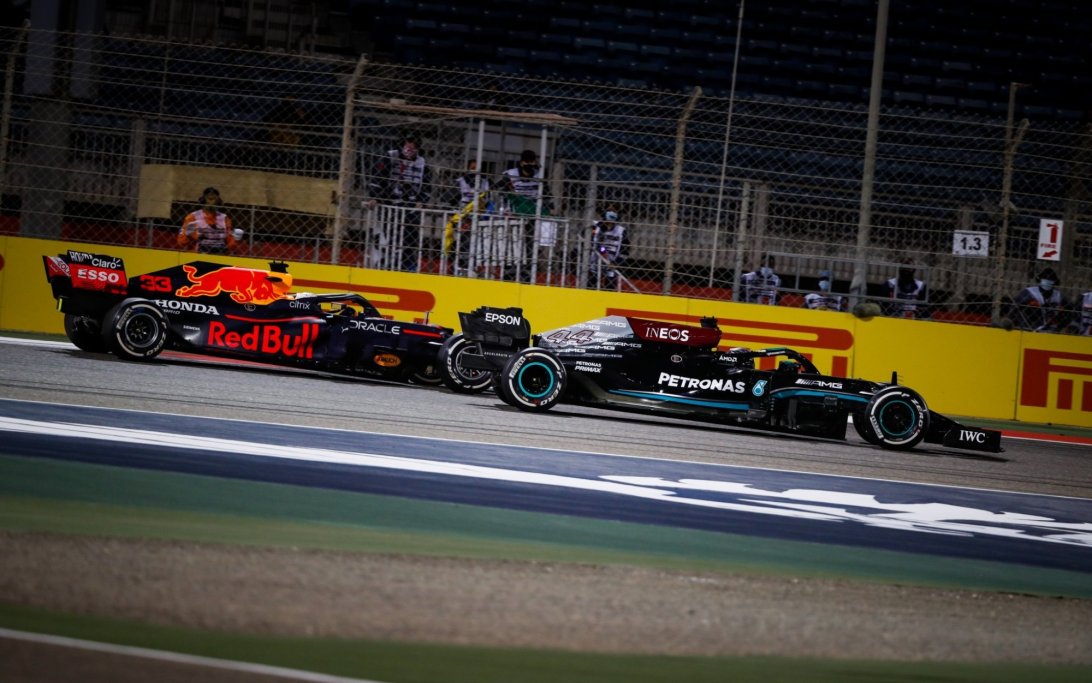
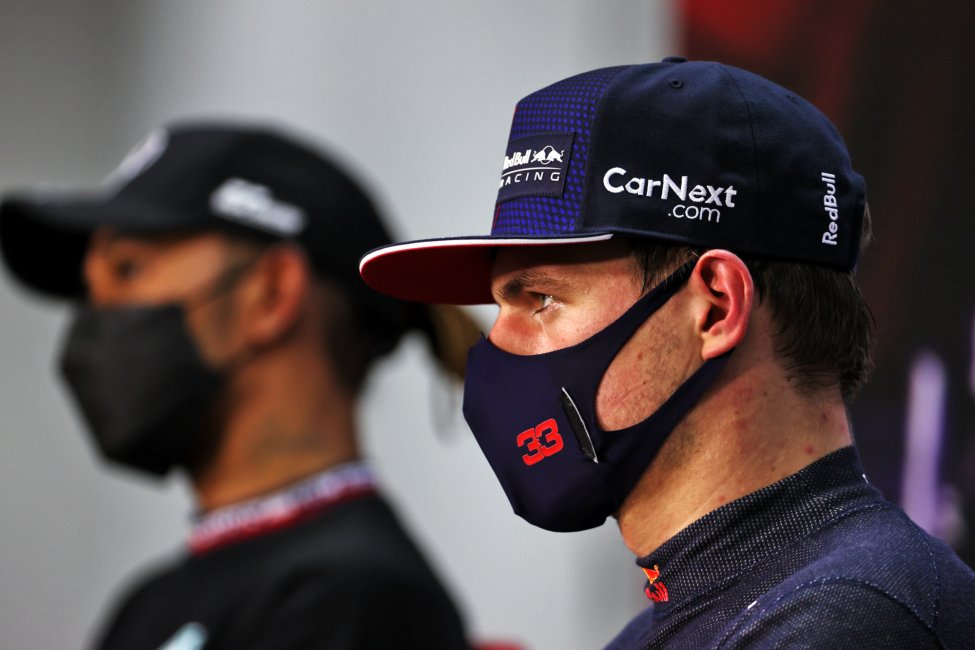
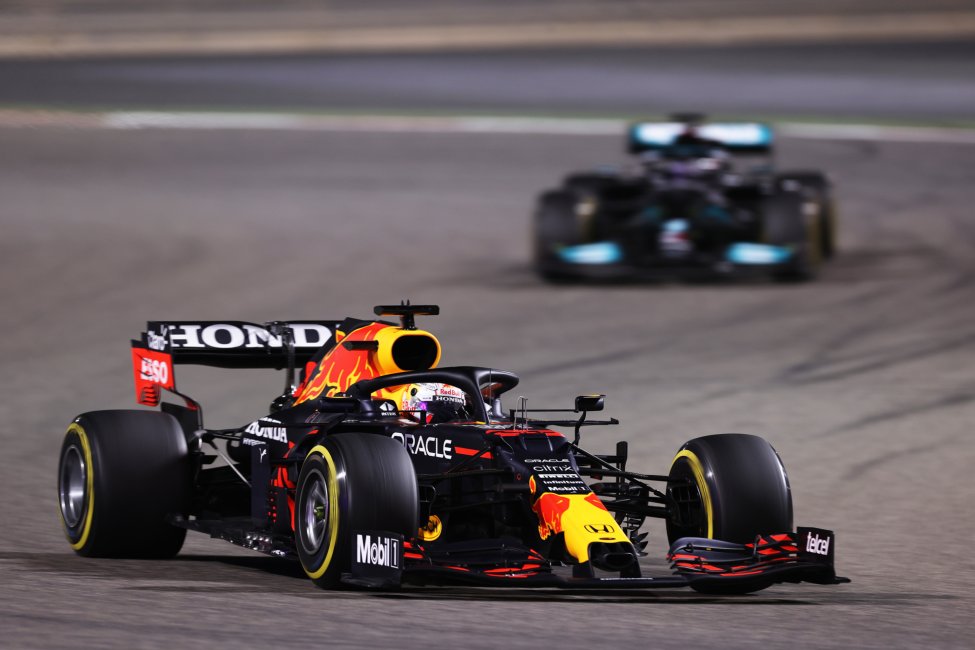

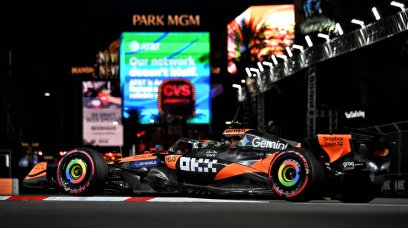
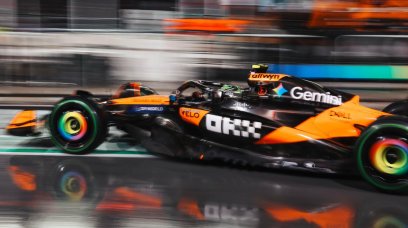


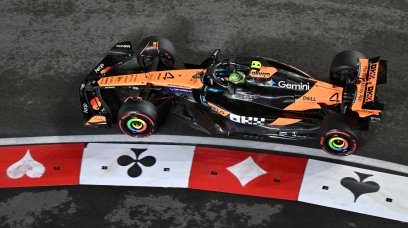
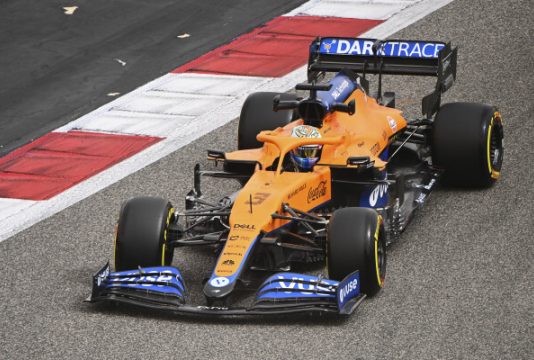
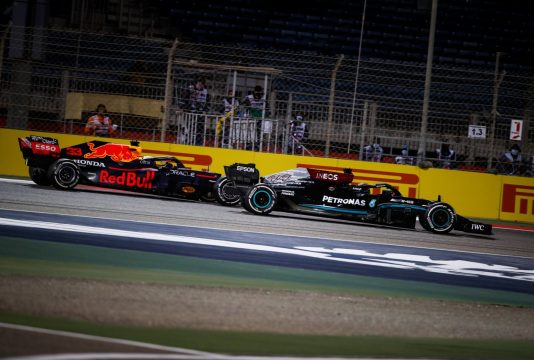
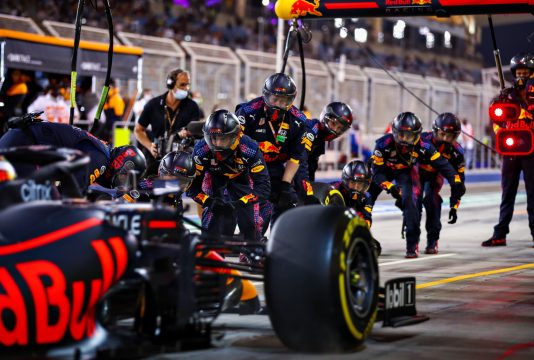
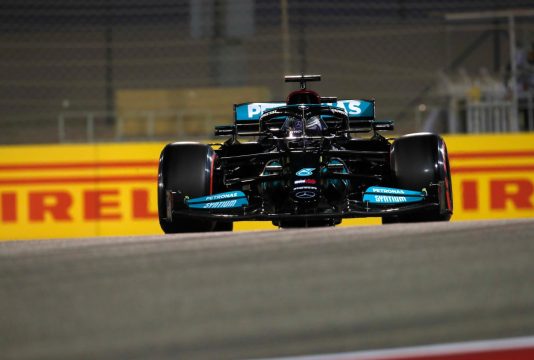

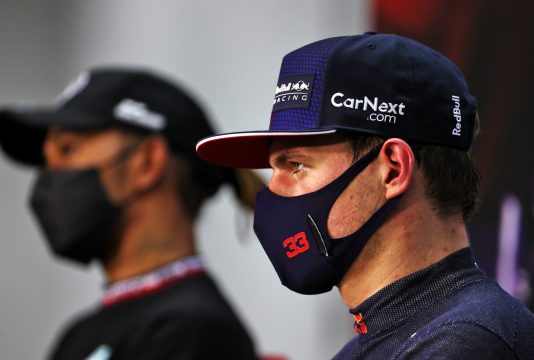

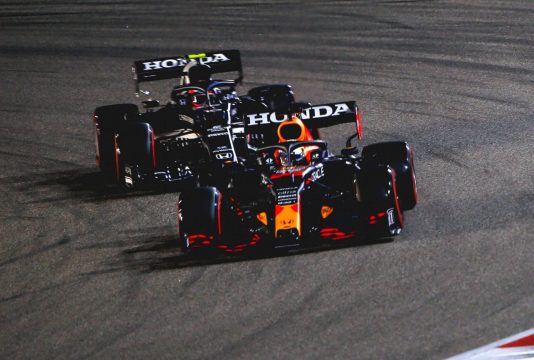
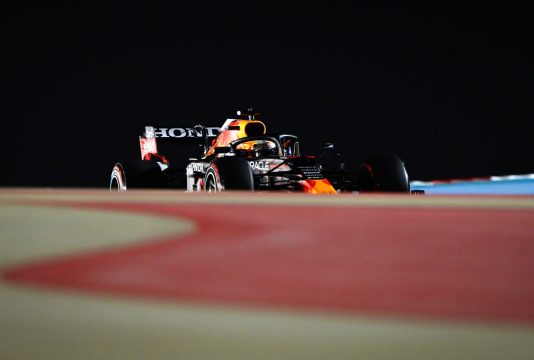
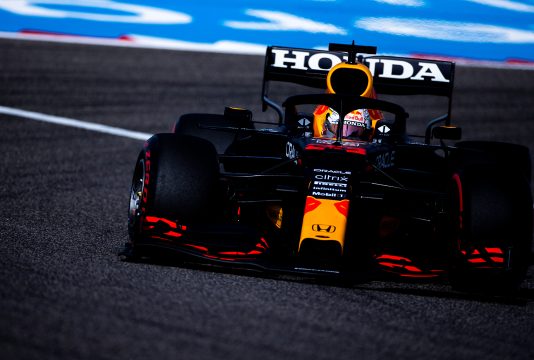
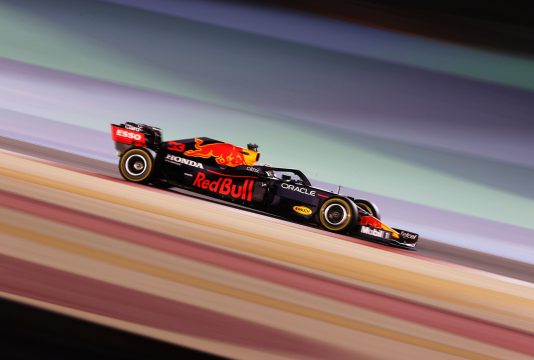
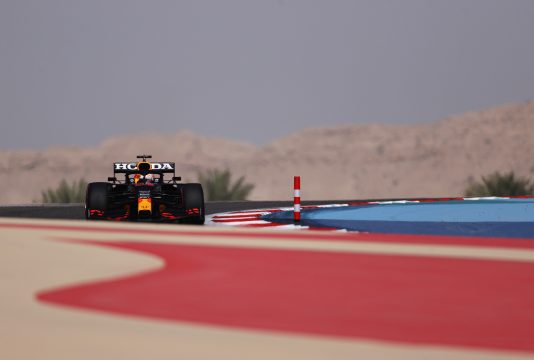
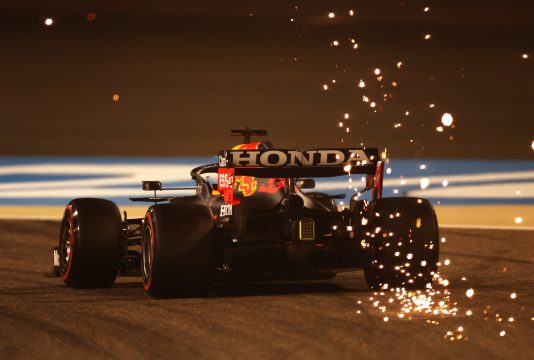
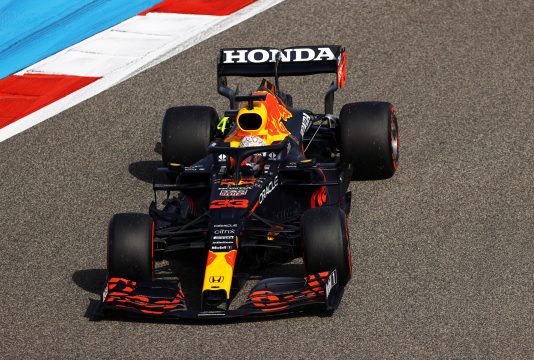
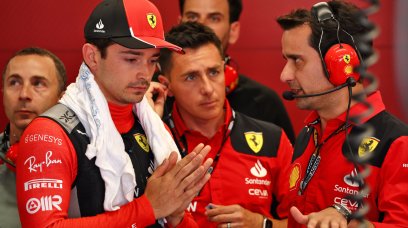
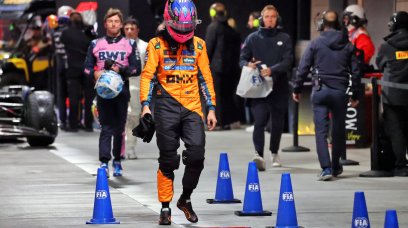
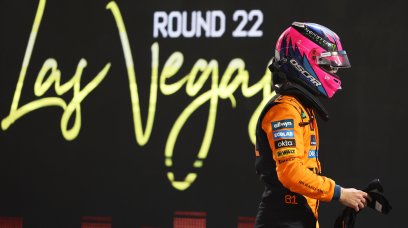












Join the conversation!